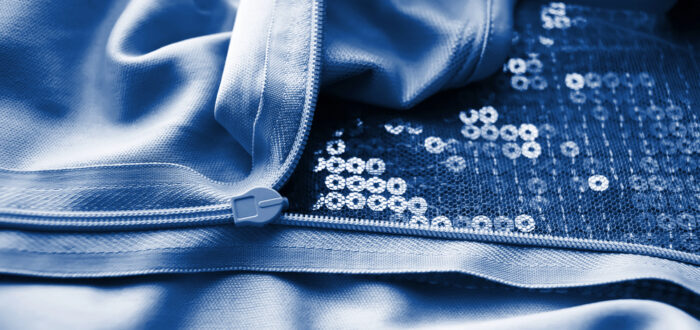The world of wearable technology has rapidly expanded, moving beyond simple fitness trackers and smartwatches to include innovative smart fabrics that are transforming healthcare. These advanced textiles are now being used to monitor a wide range of health metrics, from heart rate and body temperature to respiratory function and more.
In the realm of hearing health, smart fabrics and wearables are making significant strides, offering new ways to continuously monitor auditory health and provide real-time data that can lead to better outcomes for individuals with hearing impairments.
This article explores how these cutting-edge technologies are revolutionizing hearing health care.
Understanding Smart Fabrics And Wearables
Smart fabrics, also known as e-textiles, are materials that integrate electronic components, such as sensors and microprocessors, directly into the fabric. These fabrics can sense, react, and adapt to environmental changes or user-specific needs. Wearables, on the other hand, are devices worn on the body that often include sensors to monitor various health metrics. When combined, smart fabrics and wearables create a powerful tool for continuous health monitoring, including auditory health.
Recent innovations include an “acoustic fabric” developed by engineers at MIT and collaborators at the Rhode Island School of Design. This fabric functions like a microphone, converting sound into mechanical vibrations and then into electrical signals, similar to how our ears hear. By weaving this fabric into garments, such as a shirt, it can detect subtle sound vibrations, including a wearer’s heartbeat, and even generate sound.
Enhancing Hearing Health Monitoring
Smart fabrics and wearables are paving the way for more effective and personalized hearing health monitoring. Here’s how these technologies are making an impact:
- Continuous Monitoring
- Real-Time Data Collection: Smart fabrics and wearables equipped with auditory sensors can continuously monitor hearing health. These devices can track environmental noise levels, ear health, and even the effectiveness of hearing aids, providing real-time data to both users and healthcare providers.
- Early Detection: By continuously monitoring hearing, these devices can detect early signs of hearing loss or changes in auditory function, allowing for timely interventions and potentially slowing the progression of hearing impairment.
- Personalized Hearing Care
- Tailored Hearing Solutions: With the detailed data collected by smart fabrics and wearables, audiologists can create more personalized hearing care plans. The ability to monitor a user’s auditory environment and hearing aid performance in real-time allows for adjustments to be made based on actual usage and needs.
- Adaptive Technology: Some smart wearables are designed to adapt to the wearer’s environment automatically. For example, a smart hearing aid embedded in a wearable could adjust its settings based on the surrounding noise levels, ensuring optimal hearing in various situations.
- Improving User Experience
- Comfort and Discreteness: Smart fabrics offer a more comfortable and discreet way to monitor hearing health compared to traditional devices. These fabrics can be incorporated into everyday clothing, making it easier for users to wear and benefit from continuous monitoring without the need for bulky equipment.
- User-Friendly Interfaces: Many wearables come with user-friendly interfaces, including mobile apps, that allow users to easily track their hearing health metrics, receive alerts, and access hearing care resources.
- Promoting Preventive Care
- Noise Exposure Alerts: Wearables can be programmed to alert users when they are exposed to harmful noise levels, helping to prevent noise-induced hearing loss. This proactive approach to hearing care empowers individuals to take action before damage occurs.
- Health Integration: Smart fabrics and wearables can be integrated with other health monitoring systems, providing a holistic view of the user’s overall health. This integration can help identify correlations between hearing health and other health factors, such as cardiovascular health or stress levels.
The Future of Hearing Health Monitoring
As smart fabrics and wearable technology continue to evolve, their applications in hearing health are expected to expand. Future developments may include more sophisticated sensors capable of detecting a wider range of auditory issues, as well as the integration of artificial intelligence to analyze data and provide predictive insights.
The ongoing advancements in this field hold the promise of not only improving the management of hearing loss, but also enhancing the quality of life for individuals with hearing impairments. By leveraging these technologies, audiologists and healthcare providers can offer more personalized, effective, and proactive hearing care.
Need Help? Have a Question? Contact Us Today!
At REM Audiology, our hearing care professionals are on hand to help you with your hearing needs. Hearing assessments are quick and painless, and treating your hearing loss can go a long way towards improving your quality of life. To book your appointment, call us today on (888) 710-5734. Alternatively, click here to contact us online.

